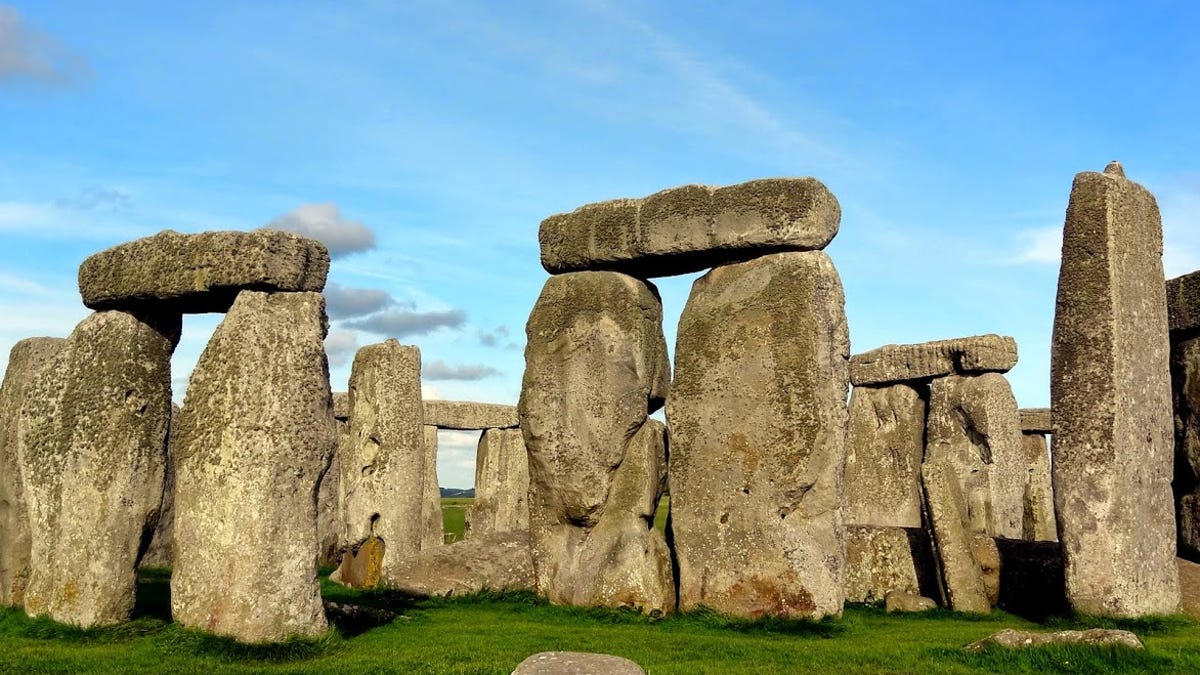Stonehenge may be a 'used' monument from Wales
The Neolithic builders of Stonehenge may have gotten a chunk of their monument preowned from a site in Wales.
Pssst. Wanna buy a prehistoric monument? It's only slightly used and still has quite a few millennia of life left in it. All you have to do is haul it to England. Sorry, shipping not included.
New research led by scientists from the University of Central London suggests that part of Stonehenge, the famous monument of massive standing stones located in the English countryside, may have originally been erected in Wales.
Researchers already knew the Stonehenge bluestones (these include many of the shorter stones in the interior part of the monument) came from quarries in Wales, but new excavations have pinpointed the location in the Preseli hills in what is now the Pembrokeshire Coast National Park. The heavy stones were transported about 140 miles (225 kilometers) to their current location.
The Welsh quarries turned out to be naturally suited for the creation of standing stones. "They only had to insert wooden wedges into the cracks between the pillars and then let the Welsh rain do the rest by swelling the wood to ease each pillar off the rock face," said Josh Pollard of the University of Southampton.
A big mystery is solved by locating the exact origin of the stones, but there is also an interesting time element at play here. Stonehenge dates back to around 4,500 years ago. Researchers dated the bluestone quarrying to about 500 years before the stones were erected at Stonehenge.
"It could have taken those Neolithic stone-draggers nearly 500 years to get them to Stonehenge, but that's pretty improbable in my view. It's more likely that the stones were first used in a local monument, somewhere near the quarries, that was then dismantled and dragged off to Wiltshire," said Mike Parker Pearson, an archaeology professor at the University of Central London.
Researchers are now looking for the location of the ruins of an early bluestone monument near the quarries through the use of aerial photography and test excavations.
The work could end up answering some lingering questions about Stonehenge, including how the stones were transported using Neolithic technology. Each bluestone monolith weighs under 2 tons. Parker Pearson believes a team of oxen could have moved the stones along an overland route.
A study on the findings was published in the December issue of the Antiquity journal under the title "Craig Rhos-y-felin: a Welsh bluestone megalith quarry for Stonehenge."


